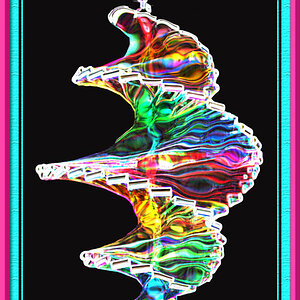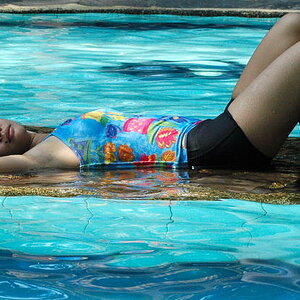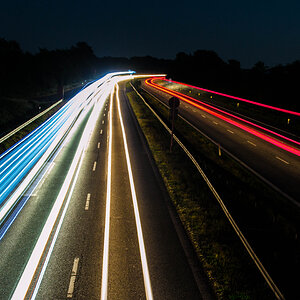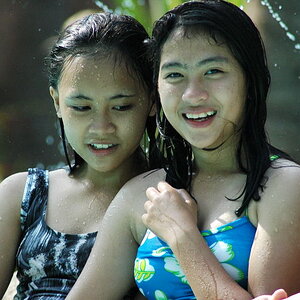waday
Do one thing every day that scares you
- Joined
- Jul 21, 2014
- Messages
- 7,485
- Reaction score
- 3,599
- Can others edit my Photos
- Photos NOT OK to edit
Once you turn the camera on, focus on figuring out how to get the camera into the different modes. Given your level of experience, you'll probably want to stick to either "P" or "A". "P" is a program mode, kinda like auto, but it should allow for shooting in RAW format. "A" is aperture priority, which means that you choose your aperture. The wider you open the aperture (the smaller the number), the more you'll be able to get a "blurry" background and isolate your subject (try this out with your 50mm). Keep ISO in the "auto" mode for now, maybe limit it to like 1600 (lower is "better IQ" but a clear picture is better than a blurry picture if decreasing your ISO makes your shutter speed too slow)? Play around with the different aperture settings.
When you get your flash, it's going to be a different ballgame, and you'll need to read through the Strobist link I provided earlier. This might provide some basic information, but I didn't read it so not sure what it provides: The Ultimate Guide to Learning how to use Your first DSLR
When you get your flash, it's going to be a different ballgame, and you'll need to read through the Strobist link I provided earlier. This might provide some basic information, but I didn't read it so not sure what it provides: The Ultimate Guide to Learning how to use Your first DSLR



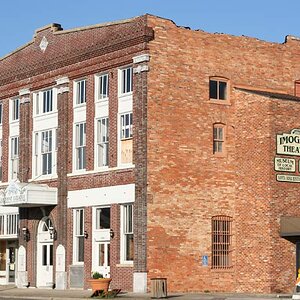

![[No title]](/data/xfmg/thumbnail/1/1592-cfae4a7ea791f96c6e2d03484be2e454.jpg?1619729144)
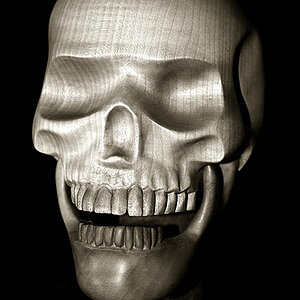
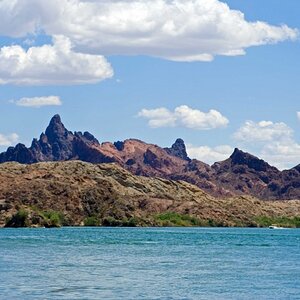
![[No title]](/data/xfmg/thumbnail/41/41890-a5975e67f00dd9340fcf9dba8728a762.jpg?1619739933)
